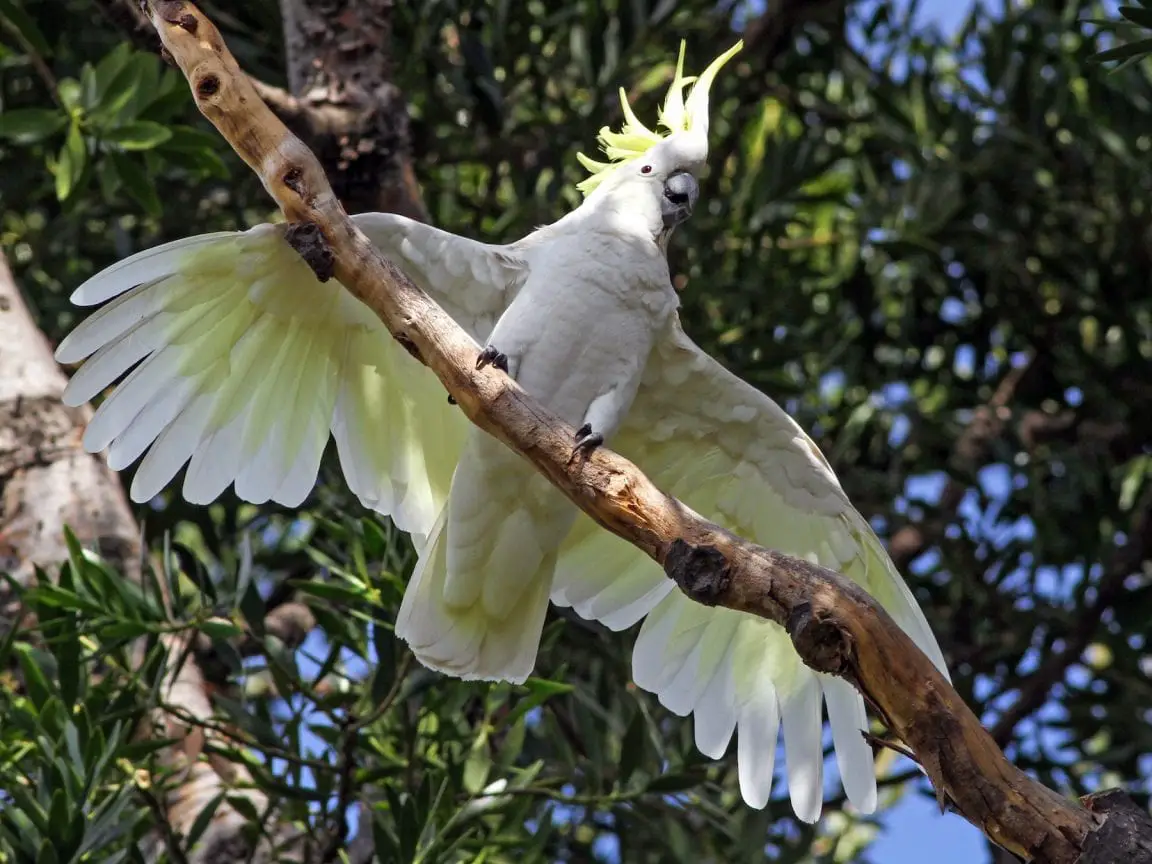

Next, the team employed a large-scale comparative analysis to determine whether or not parrots' renowned cognitive abilities had any influence on their longevity. These values are really spectacular if you consider that a human male weights about 100 times more." "Some individuals have a maximum lifespan of over 80 years, which is a respectable age even for humans. "Living an average of 30 years is extremely rare in birds of this size," says Smeele who worked closely with Lucy Aplin from MPI-AB and Mary Brooke McElreath from MPI-EvA on the study. Other long-lived species include the sulfur-crested cockatoo from Australia, which lives on average 25 years.


The analysis revealed an astonishing diversity in life expectancy, ranging from an average of two years for the fig parrot up to an average of 30 years for the scarlet macaw. This database allowed the team to gain the first reliable estimates of average life span of 217 parrot species-representing over half of all known species. Together, they compiled data from over 130,000 individual parrots sourced from over 1,000 zoos. To generate an adequate sample size, scientists from the MPI-AB and the Max Planck Institute for Evolutionary Anthropology (MPI-EvA) teamed up with Species360, which draws on animal records from zoos and aquaria. "Comparative life-history studies require large sample sizes to provide certainty, because many processes are a play at once and this creates a lot of variation," says Smeele. Understanding what has driven parrot longevity is only possible by comparing living parrots. "The problem has been sourcing good quality data," says Simeon Smeele, a doctoral student at the Max Planck Institute of Animal Behavior (MPI-AB) and lead author on the study, published in Proceedings of the Royal Society B. But it depends on her genetics and whether she is on a nutritionally balanced diet and gets exercise and regular Vet care.Despite the fact that parrots are well known for their long lives and complex cognition, with lifespans and relative brain size on par with primates, it remains unknown whether the two traits have influenced each other. So your bird has the potential for living 50-70 years or longer.

They tend to only show age related issues when they are very, very old. So he is at least in his 50’s and shows no signs of aging. My own Goffin’s has been in my family for nearly 40 years, but he came from another family who had him at least 10 years, and before that, he was actually caught in the wild as an adult. I think the old way of estimating is more accurate, based on birds I’ve known. Then you have those who try to base a life span on known data, and suddenly the bird has a life span of 20-25 years. The smaller cockatoos like Goffin’s are believed to have a lifespan of 50-70 years. The larger the species, the longer the life span. Life spans for parrots was always given in decades long ranges, and was based on the size of the birds. The problem with determining life spans for parrots is that they do live for a long time, but there are many factors that can contribute to a short or long life. That being said, yours is still relatively young going by her potential life span. But it’s hard to determine when to separate them in captivity, so relatively few breeders try to breed cockatoos that those who do generally specialize in cockatoos. The theory is that in the wild they separate for part of the year, and then reunite for breeding season. The males are notorious for killing the females with no warning. They mate for life, however, the pairs have to be separated other than during breeding season. As far as breeding goes, I wouldn’t recommend it.


 0 kommentar(er)
0 kommentar(er)
